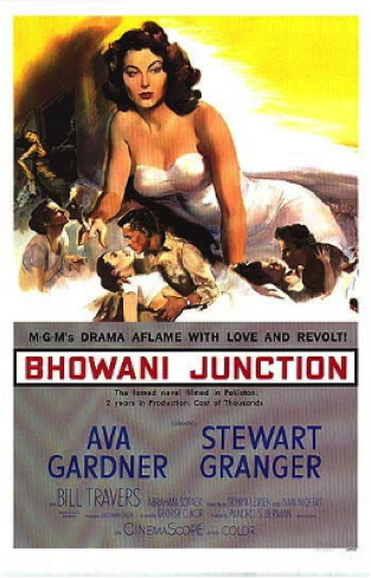
The happiness I feel in encountering old movies about dual-heritage characters and communities is inevitably marred by the regurgitation of tired and offensive stereotypes about these individuals. The 1956 film Bhowani Junction, based on John Masters’ 1954 novel of the same title, is no exception. However the film is fascinating in spite of these stereotypes because it ultimately, and belatedly, makes a powerful statement about the rights of those of mixed heritage to self-identify.
Set in 1947, the film depicts the Anglo-Indian community of the fictional Bhowani Junction, a group whose working lives revolve around the railway station at the heart of the story. The central character, Victoria Jones, is the daughter of a Welsh train driver and an Indian mother. Amidst the departure of the British in this landmark year, Jones’ community worries about their future in India. Jones’ search for a post-independence identity is represented in her romantic relationships with three men, her childhood sweetheart and fellow Anglo-Indian George, a Sikh colleague Ranjit Kasel and a British army officer Colonel Rodney Savage.
It’s easy to reel off the failures of the film. The decision to cast the white actress Ava Gardner as Victoria Jones is disappointing, but not surprising. The presentation of both Victoria and George as being inherently conflicted because they’re Anglo-Indian is also not unexpected. Incongruously, Colonel Savage’s character is allowed to narrate what is essentially Victoria’s story. But the film does do one thing successfully; its finale celebrates the fact that it is Victoria, not those around her, who will determine her cultural identity.
Maria @MariaKaladeen

 RSS Feed
RSS Feed
